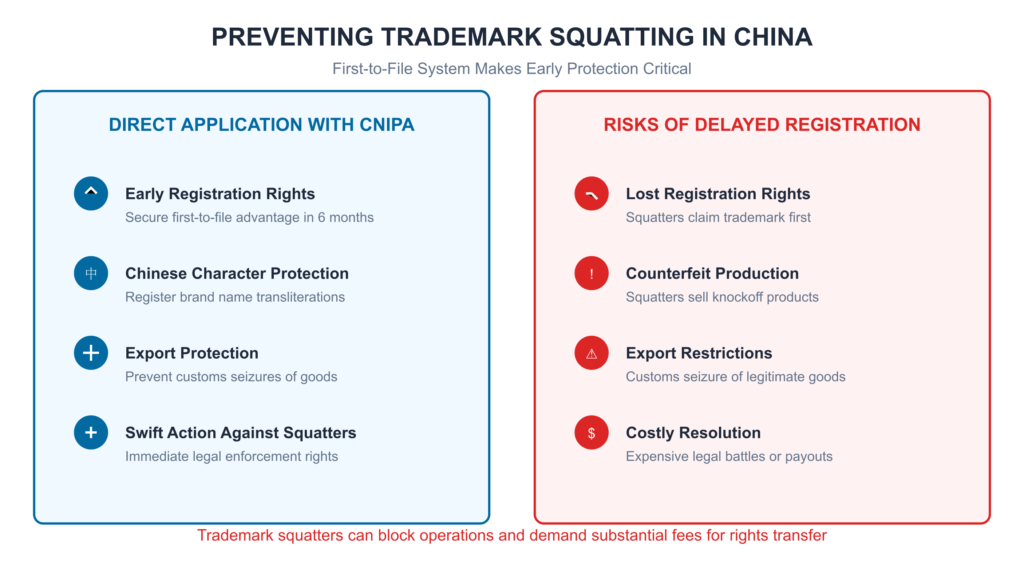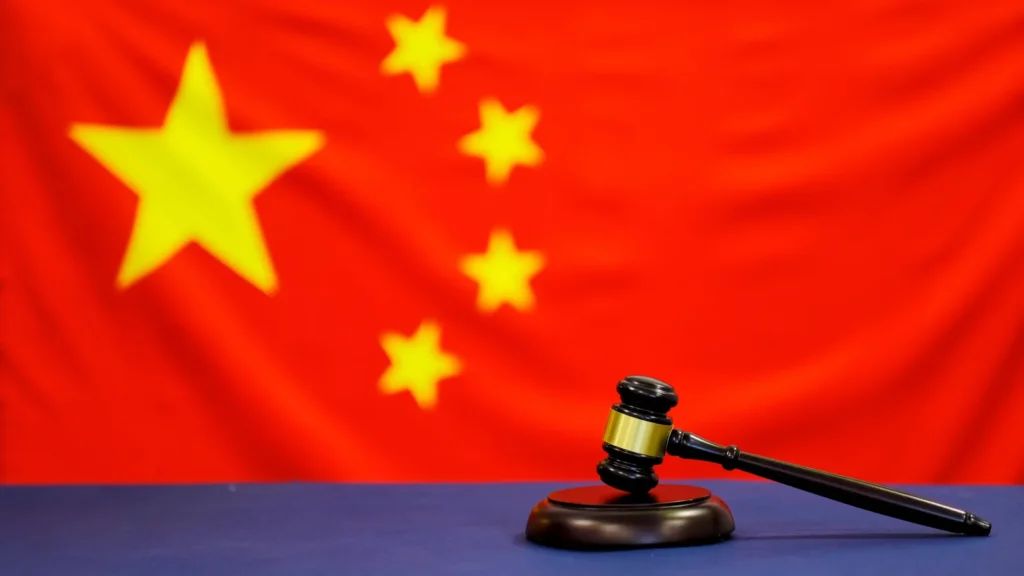Why Setting Jurisdiction in China Is Critical When Contracting with Chinese Companies
When entering contracts with Chinese companies, selecting the jurisdiction for dispute resolution is not merely a procedural detail—it is a pivotal decision that directly affects enforceability, efficiency, and legal strategy. Given that Chinese companies often have the majority of their assets within China, choosing Chinese jurisdiction offers a range of advantages that foreign courts cannot […]
Why Setting Jurisdiction in China Is Critical When Contracting with Chinese Companies Read More »











